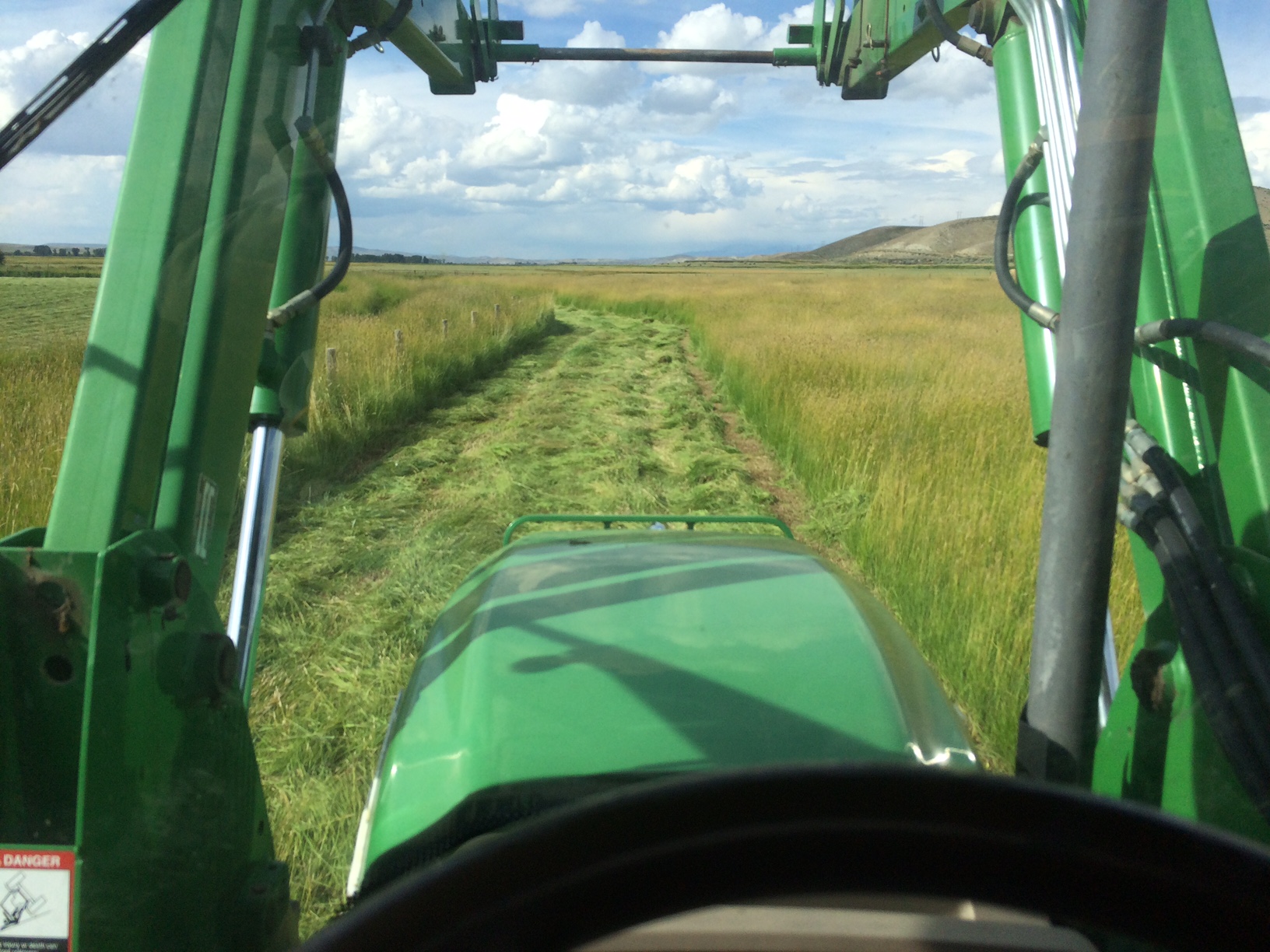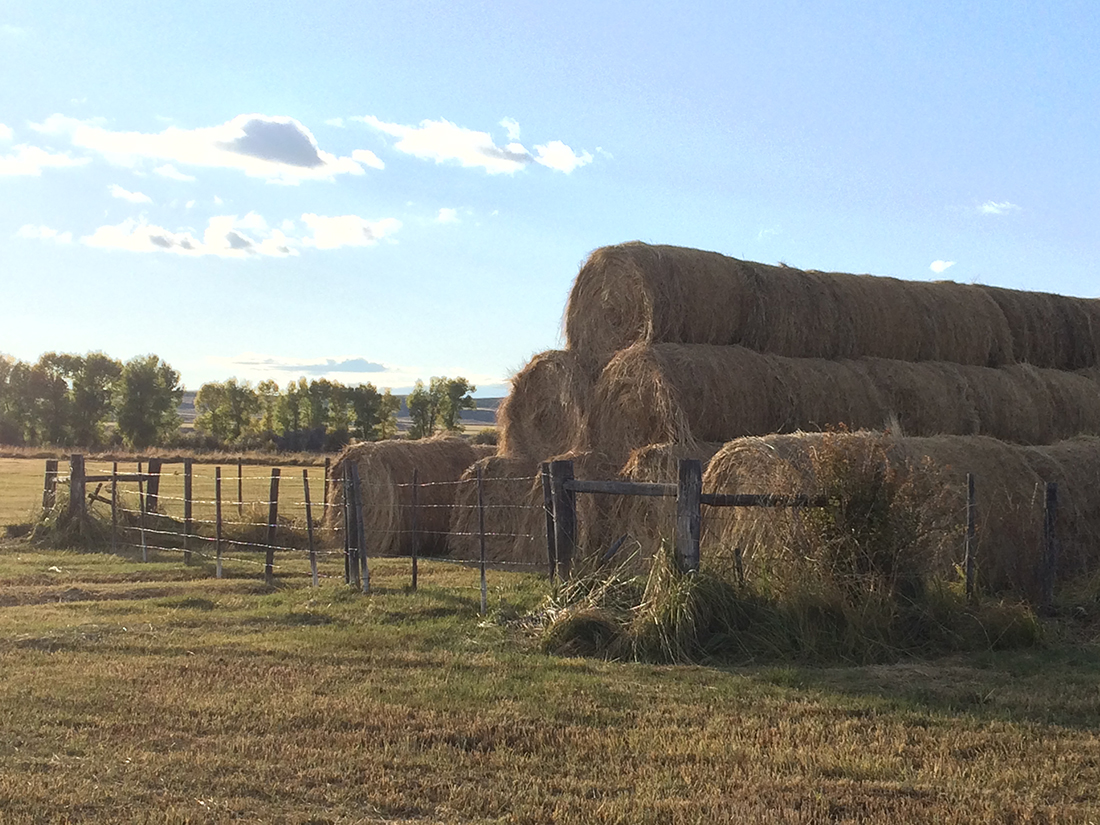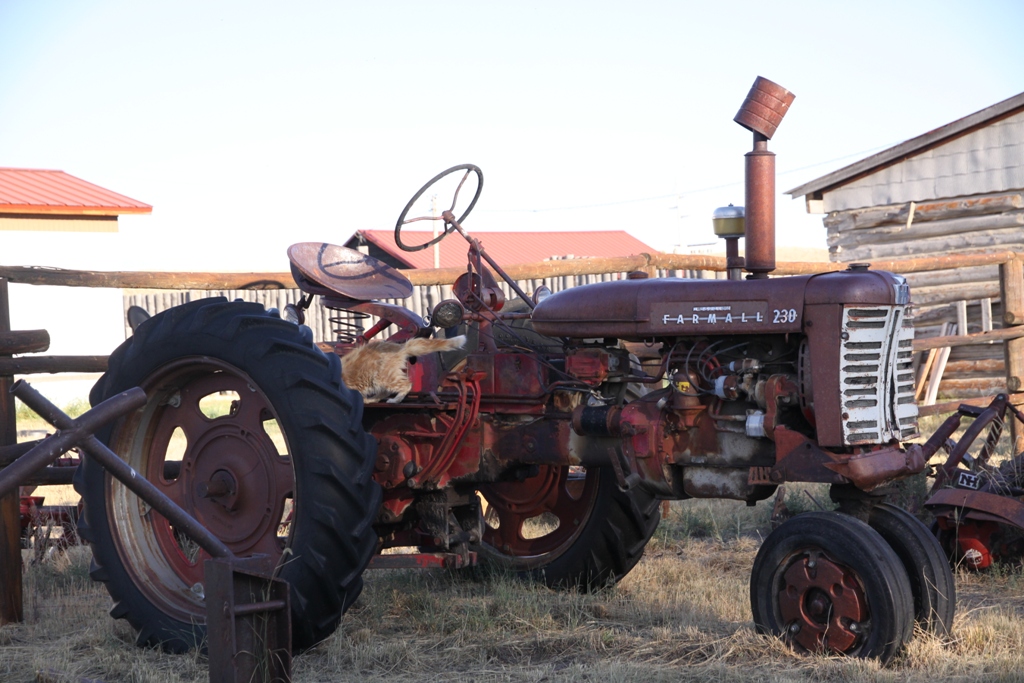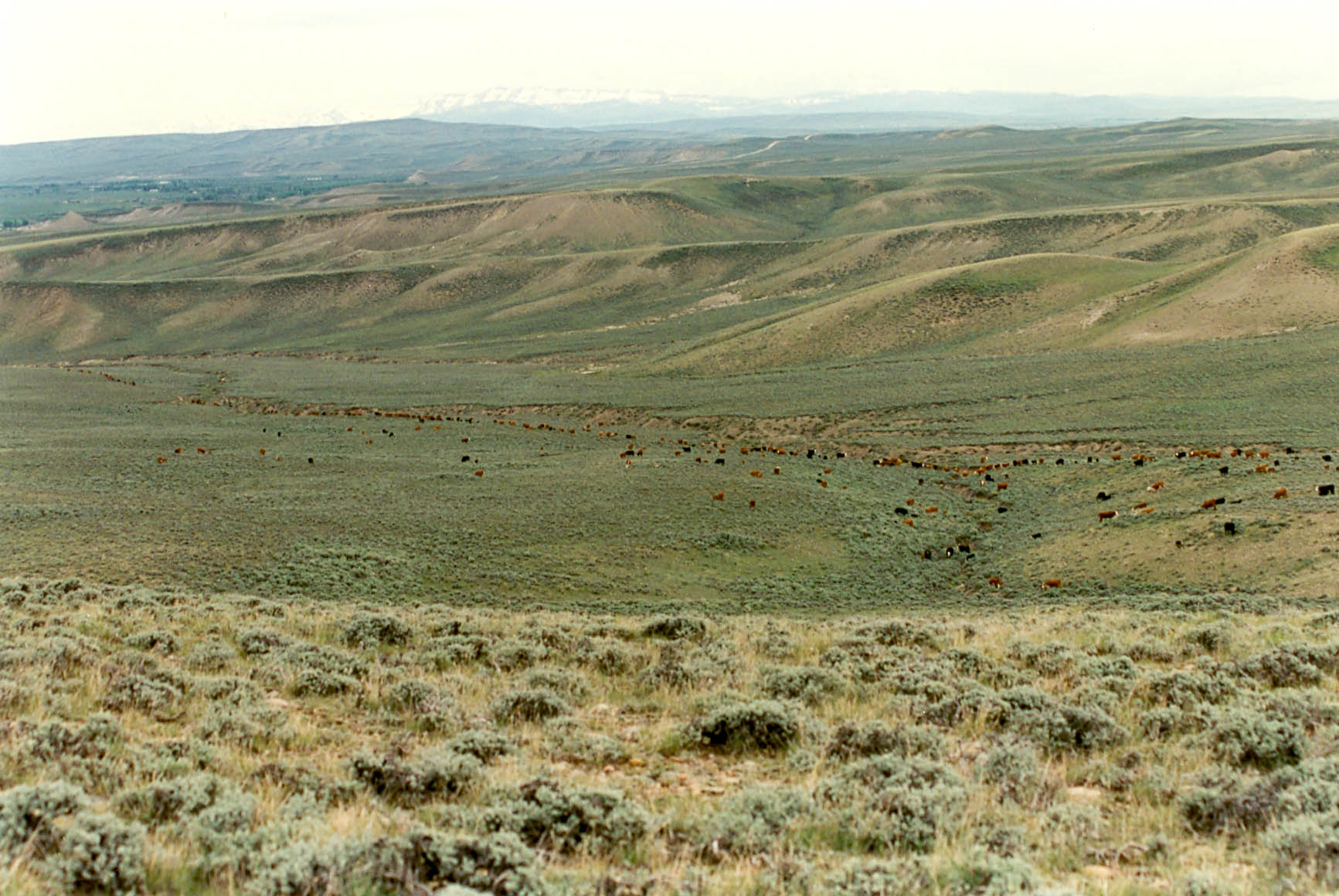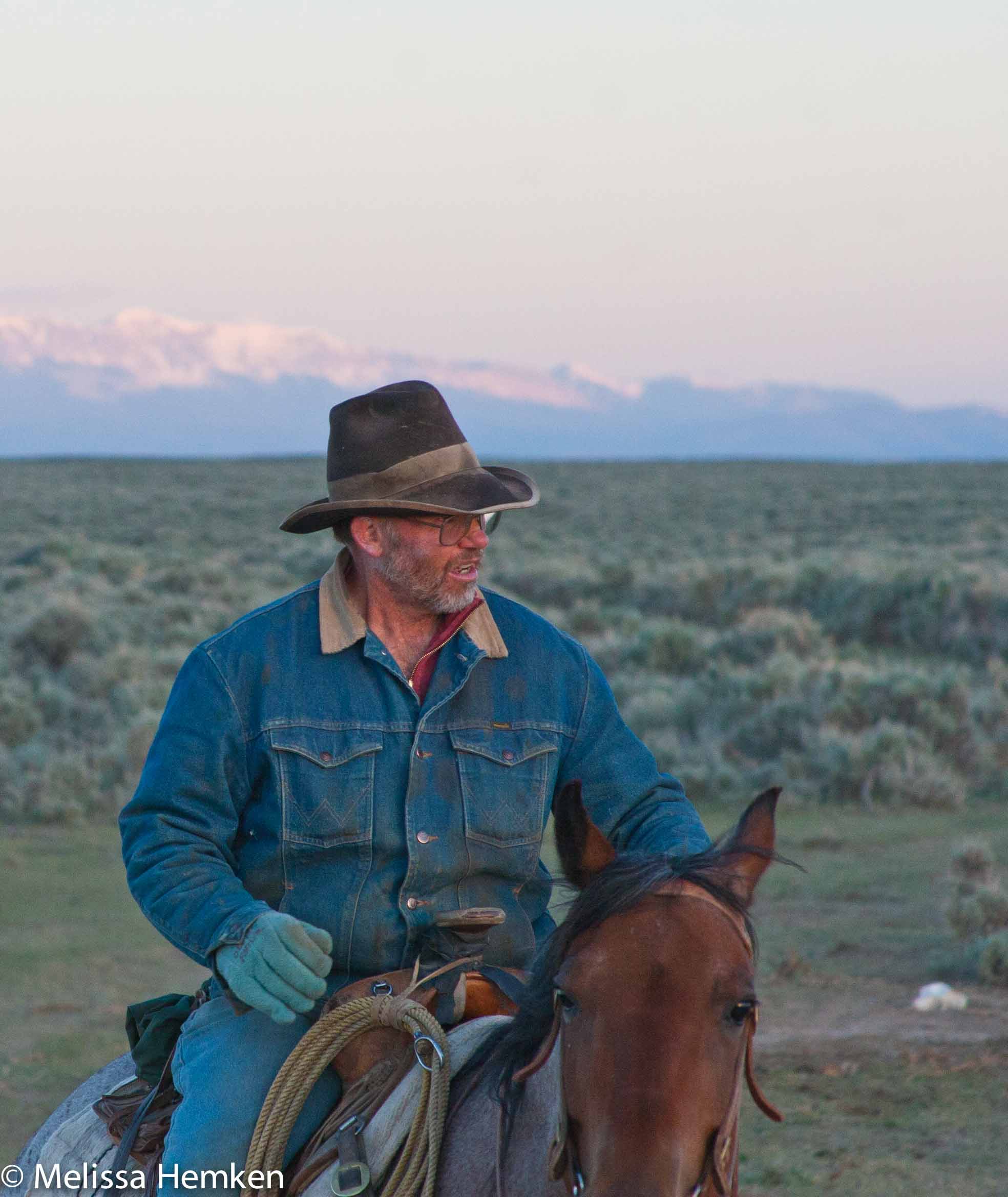Welcome to the Sommers Ranch, which was established in the Upper Green River Valley by Albert “Prof” Sommers, a school teacher from Kansas, and his youngest brother, Pearl, in 1907. On May 11, 1911, Prof married May McAllister, who had also been a Kansas school teacher. They raised four children: Martha, Florence, Albert “Bud”, and John. After Prof died in 1928, May ran the ranch for several years by herself. She was a strong, independent woman, and served also as Sublette County superintendent of schools in 1929. She sold the ranch to her son Bud in 1947. After the second generation died, ownership of the ranch passed to Bud’s son, Albert, Jr., and his sister, Jonita, who still run the ranch today, along with Albert’s wife Sue and partners Ty and Matty Swain.
Ranching is not an easy undertaking in Sublette County. The elevation at this ranch’s front porch is 7060 feet, and it is nestled in the Upper Green River Valley, which is surrounded by three mountain ranges. The growing season is, optimistically, about 45 days. Winter is long. Precipitation at the ranch is less than 12 inches – mostly in winter snow.
The Sommers Ranch’s cattle operation is a commercial herd of 300+ Angus/Hereford cross mother cows. We retain ownership of our calves after they are weaned from their mothers, and grow them out for another 12-24 months on the strong grass in the valley, then we market them. A registered Hereford cattle enterprise of around 45 mother cows rounds out our operation. We sell some high elevation bulls as well as provide some bull power and replacement heifers to our commercial cow herd.
The native grass grown on the irrigated and sub-irrigated land between the river and the irrigation ditches feeds our cattle for six months through the winter and spring. In May the registered cattle go to leased grass in the valley, while the commercial herd is turned out onto Bureau of Land Management livestock grazing allotments adjacent to the ranch. The herd uses those allotments until mid-June when “The Drift” begins. The Drift is a two week, 70 mile, trek for our cattle from the BLM allotments near the ranch to the high reaches of the Upper Green River valley for summer and fall grazing on the Upper Green River Allotment of the Bridger-Teton National Forest. October brings snows, triggering the return Drift. Generally by the third week in October the cattle will all be gathered, signaling the beginning of fall cattle work. Cattle then graze the ranch’s grass, until the snow cover requires the ranch to feed hay (grass) to the cattle. Our cattle move through the valley in a manner very similar to the native ungulate migrations that occur on the same landscape.
Albert Sommers riding Betsy, in a photo that appears in “Homesteading and ranching in the upper green river valley” by ann noble and jonita sommers. available from the museum of the mountain man and wherever books are sold in sublette county.



